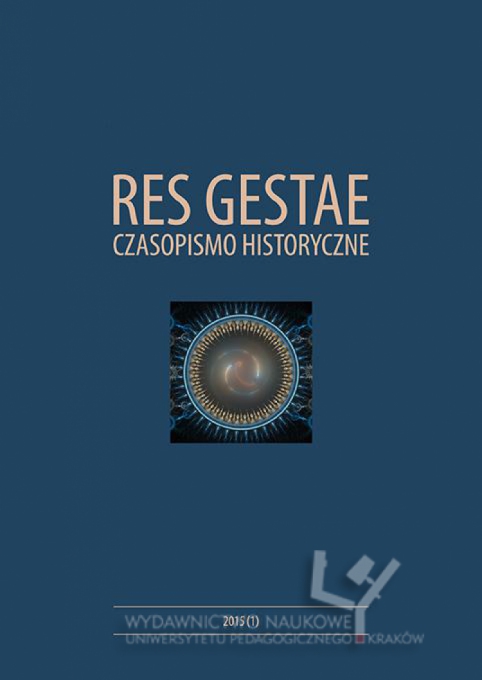
We kindly inform you that, as long as the subject affiliation of our 300.000+ articles is in progress, you might get unsufficient or no results on your third level or second level search. In this case, please broaden your search criteria.

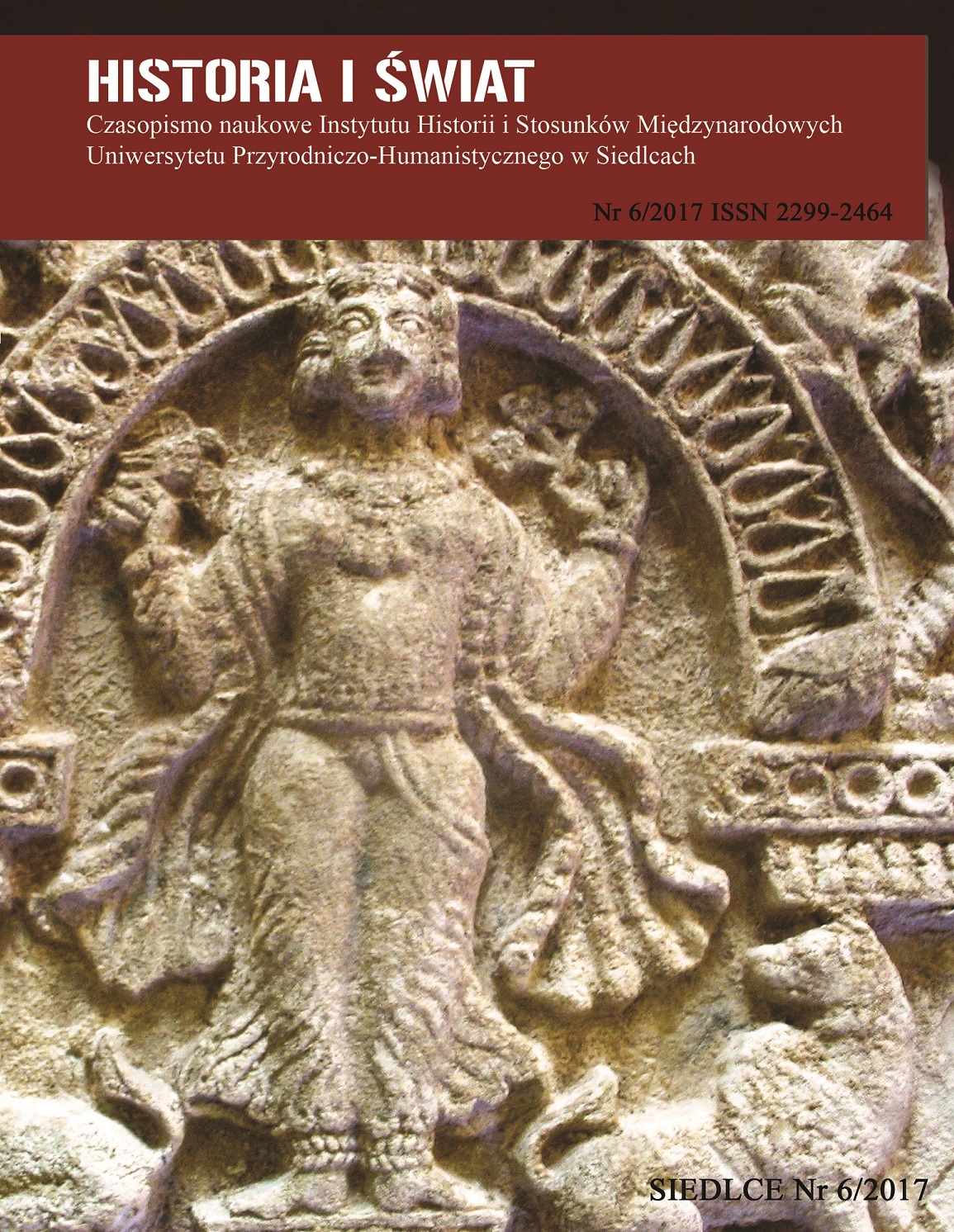
This paper examines Pan-Mongolism, a socio-cultural and political phenomenon negatively perceived fromthe outset. This notwithstanding, Pan-Mongolism occupied a special place in ethnic Buryatia. Its development wasstrongly influenced by the Buryat national movement in the early twentieth century that pursued national autonomy as itsmajor goal.To a great extent the development of Pan-Mongolism was intensified by the foreign policy interests of Russiain Asia, particularly, in Tibet, and by the religious, diplomatic and public activity of Dalai Lama 13th mentor AgvanDorzhiev, a proponent of a “great Buddhist confederation” that ensured positive attitude of the principal hierarchof Buddhism toward Russia.External factors that contributed to the emergence of the idea of national-cultural autonomy and “cultural PanMongolism”in the period when various political groups and autonomist scenarios shaped played an important role inthe evolution of Pan-Mongolism.All this led to the fact that “cultural Pan-Mongolism” became a catalyst of development of humanitarian knowledge,a basic element of the further construction of national state of the Mongols. In the process of discussion Pan-Mongolismwent beyond the Buryat area and started to ripen as a Pan-Mongolian movement that gradually grew into Pan-Mongolistideology.
More...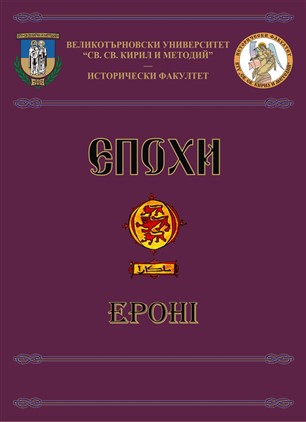
The great existential antitheses challenge the great minds in human history, among which stands Epictetus with extraordinary power. Freedom-non-freedom; truth-untruth; morality-spiritual decline; material spiritual. For Epictetus non-freedom is a consequence of spiritual degradation of a corrupt mind, which is not free and trades everything against everything. In his world “the thirst for offices and wealth makes you inferior and subordinate to others”. This is the enchanted realm of the seemingly free, who “kiss the handsof the slaves of others”. Is Freedom achievable, how and when, asks Epictetus and his questions, along with his answers sound like a testament to the future people.
More...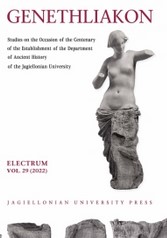
Cultic and other honors offered to rulers by their subjects unambiguously express loyalty to the rulers. Based on data collected for the Seleukid and Ptolemaic empires, a comparison is offered emphasizing the particular qualities of the Seleukid record. The comparison considers geographic distribution, where the honors fell on a public to private spectrum, the occupations and ethnicities of the subjects who offered honors individually, the intensity of these practices, and changes in the patterns over time. We know in advance that honors for the rulers are weakly attested for the Seleukid east, and even in Koile Syria and Phoinike. Should this reticence be interpreted as a possible indication of tepid support for Seleukid rule in these regions? Alternative explanations or contributing factors include preexisting cultural habits, different royal policies, destruction of evidence by wars and natural disasters, and the unevenness of archaeological exploration.
More...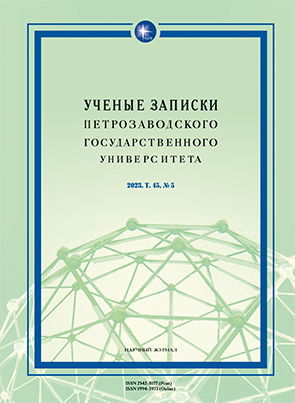
The relevance of the research is determined by the importance of studying the state involvement in the organization of the credit system at the grassroots level. This issue has been underrepresented in historiography, so the article provides important insight into it and introduces new documents into scientific circulation. The article is aimed at studying the main features of the small credit system management in the Olonets Province during the post-reform period. Based on the dynamics of its development, one can draw a conclusion about the nature of the penetration of commodity-money relations into peasant communities. Three stages in the development of this system were identified. The first one belongs to the period from the middle of the XIX century to 1904 and is characterized by repeated changes in the government structures to which small credit organizations were accountable. The second stage covers the period from 1904, when the small credit reform was carried out in Russia, until the beginning of 1911. In the Olonets Province, the reform was not fully implemented, since the provincial committee for small loans created here did not have employees who would deal with this issue on a permanent basis. At the third stage, which started with the creation of a branch of the State Bank in Petrozavodsk in 1911, this shortcoming was remedied, as the management of the small credit business in the province was transferred to a special inspection.
More...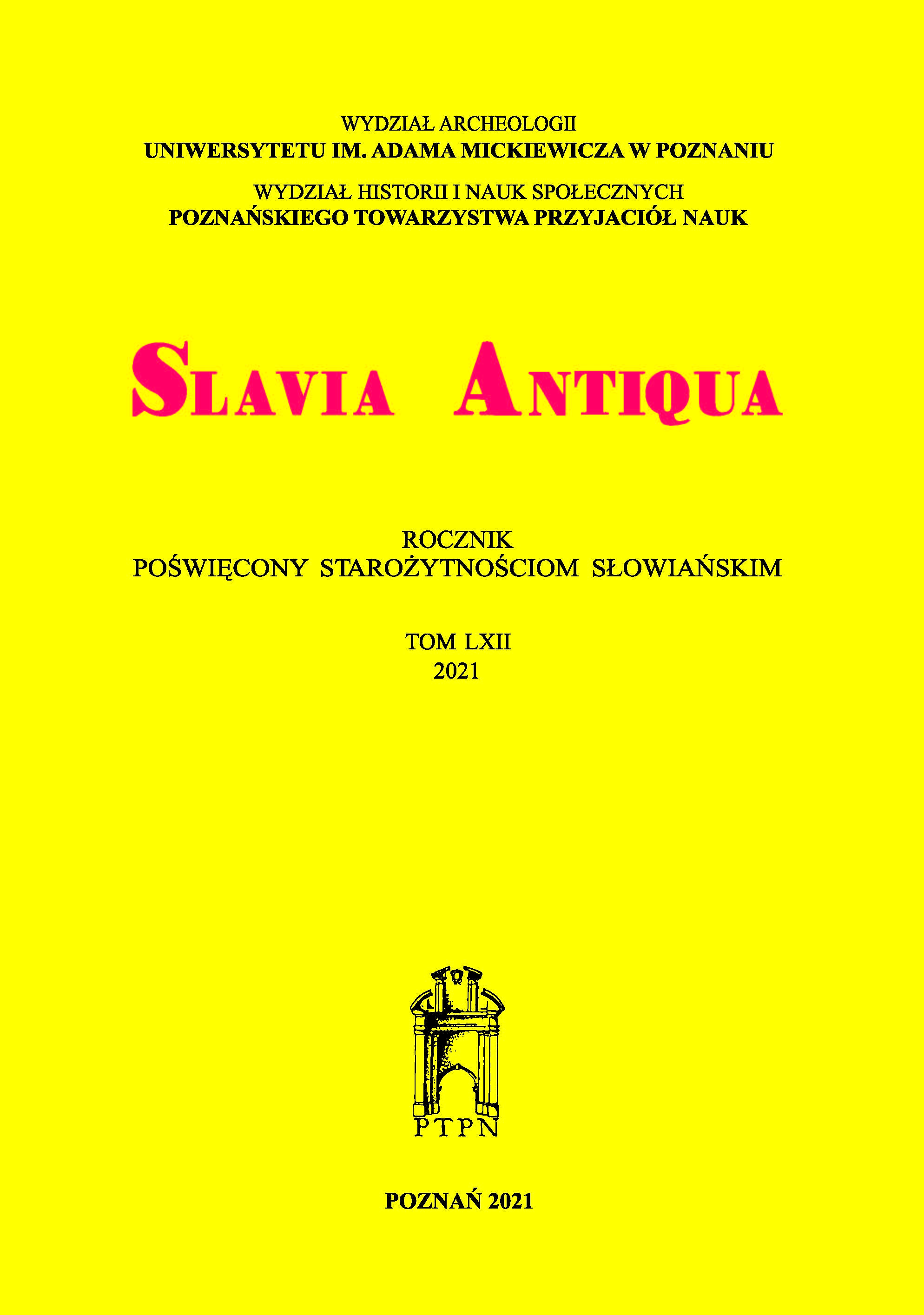
This article presents an analysis of two brass lockets, rectangular in shape, discovered in a richly equipped grave no. 62 in an early-medieval grave field in Radom (the 4th quarter of the 11-12th centuries). As a result of the analysis, their cognitive value can be estimated in a comprehensive way against the background of other finds of the type excavated in graves. On the other hand, it has allowed to enrich the knowledge of burying the dead with objects of magical and religious nature. The lockets discovered in Radom were made locally, most probably as imitations of more sophisticated pendants. Most probably, they were used as containers for magical or healing amulets, possibly contact relics (brandeum, eulogiae) or perfumes. They were probably buried after mid-11th century, during the religious transformation taking place in the early Piast state, bearing material testimony to the intertwining pagan rites and the ceremonies of the new faith.
More...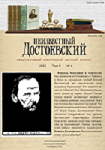
The article examines the history of the relationship of the Dostoevskys with the family of one of the last Decembrists - Matvey Muravyov-Apostol, and notes the vital role of the ward of the Decembrist Avgusta Sazanovich in their communications. The correspondence acquaintance of F. M. Dostoevsky with M. I. Muravyov-Apostol took place during the Siberian penal servitude through Baron A. I. Wrangel, and personal acquaintance - in Tver in 1859. Communication subsequently resumed in the 1870s and continued until the last years of the Decembrist’s life and the writer’s death. The main documentary sources were letters from A. P. Sazanovich to F. M. and A. G. Dostoevskys, published in the Appendix to the article. Nineteen of these letters were introduced into scientific circulation for the first time, and the remaining four were published unabridged. The letters of Sazanovich reveal unknown episodes of the biography of both Muravyov Apostol and the Dostoevskys, as well as other persons from their circle (Decembrists, Petrashevites, etc.), clarify the fate of the unique documents of the Decembrists and the history of the A. G. Dostoevskaya collection. These documents demonstrate that the Muravyov-Apostol family and the Dostoevskys have developed a warm relationship based on mutual respect, trust and support. In the letters A. P. Sazanovich appears as a strong and outstanding woman who shared all the difficulties of life with Muravyov-Apostol, and similar in spiritual power and beliefs to Dostoevsky and his wife and assistant, a selfless giver, and a subtle admirer of the writer’s work.
More...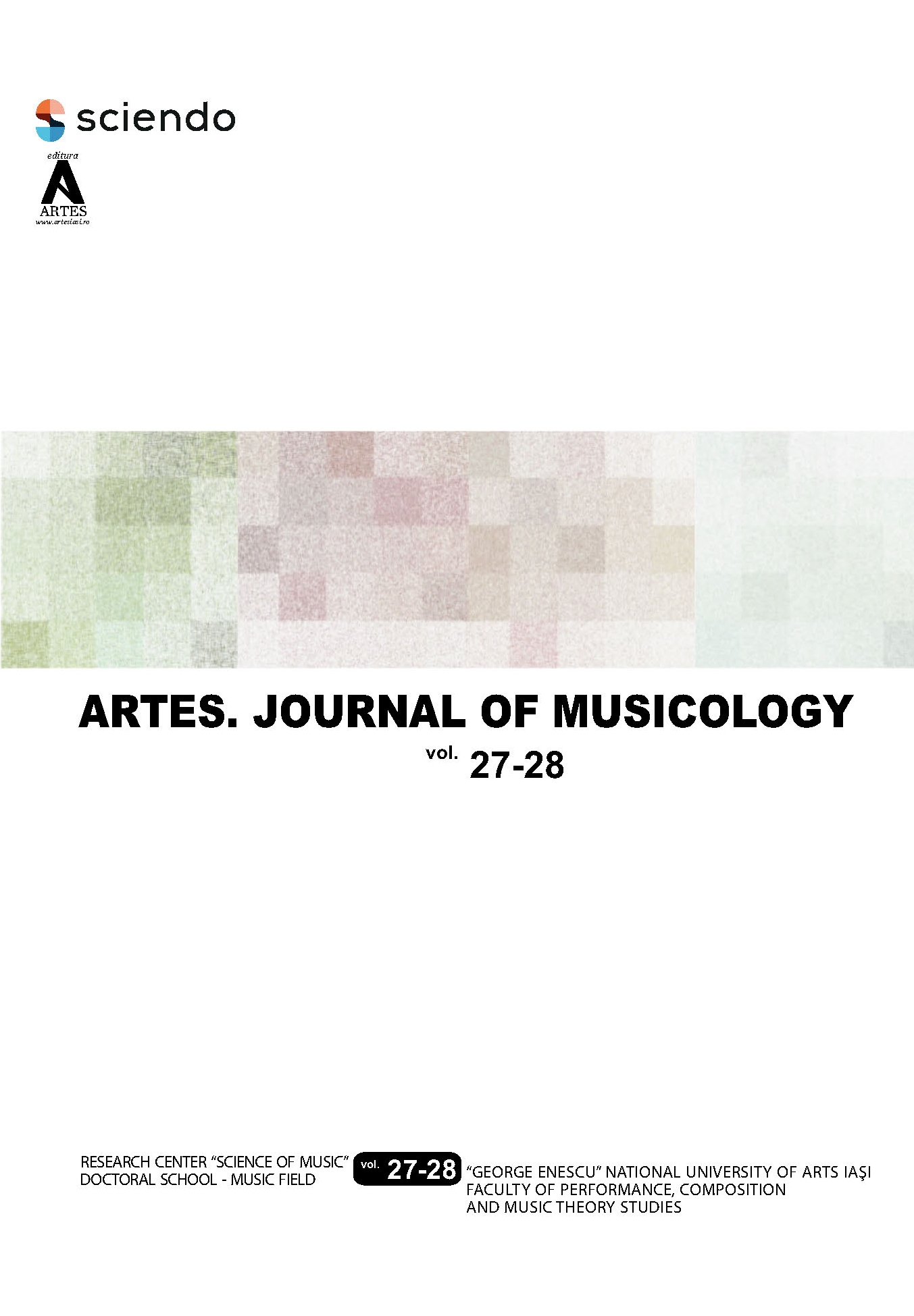
The model of Creation is one that reveals the usefulness, meaning, and beauty of “sharing”. Artistic creation, in the present study the musical one, is explained at least by the understanding, or knowledge beyond the individual limit of the creator, or by the precept of externalization, even if this is a revelation to a single being or to God. Frédéric Chopin, George Enescu and Valentin Silvestrov are composers who, in different periods, seek, in their artistic development, to value national elements, but also a way of integrating them into what is called „universal,” therefore an addressability that crosses country borders, towards a human space, that of the soul. Of different nationalities, Polish, Romanian and Ukrainian respectively, these musicians know and live in other cultures (Chopin and Enescu in Vienna and Paris, Silvestrov in Berlin), which help them to create in the spirit of a synthesis, a reinterpretation, a metaphor. In this way, we point to a mutual way of understanding the composition, determined by an informational-spiritual interchange, dialogue and national feeling. The confluences of knowledge and dialogue build personality, and the accumulation gives rise to the desire for a choice, to obtain one's own expression. The national feeling is the element that in this unique synthesis is an emblematic shade which transmits identity data in music, such as a physical location or one related to the sensibility of a people. The processing of national symbols does not constitute a constraint in the creation of the mentioned composers, because this transformation relates to a reception of the “other” who can come from any ethnicity or represent it in any place in the world. These observations can be explained in relation to the scores of some instrumental works (for solo piano and for violin and piano) by Chopin, Enescu, Silvestrov. The biographical data and the analysis of the works lead to the understanding of the musical style of each one, built from within itself, through the proximity of the self – “the other”, and in itself, through reformulation and rediscovery; but one's own style, which defines the self, also reveals itself to the “other”.
More...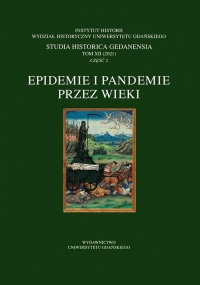
This article considers the “Plague of Justinian” from the perspective of a person living for over a year in a situation of epidemiological threat, constantly “bombarded” in the media with a diversity of information relating to all aspects of the COVID 19 pandemic, including non-medical ones. The plague that erupted in the Byzantine Empire in the XVth year of the reign of the Emperor Justinian (541/542 CE) can certainly be seen as a pandemic. Between 541 and 750, one can note as many as eighteen waves of plague. From written records and on the basis of admittedly only partial archaeological data, we know that the plague affected the entire population of the Byzantine Empire, the barbarian kingdoms in the West, but also neighbouring lands: Ireland, Scandinavia, and Germany. IT very likely also reached lands to the east of the Oder. The article describes the causes and circumstances of the appearance of plague in the Byzantine Empire, its symptoms, its spread, ways of combatting it, and its consequences (including social and economic consequences). The article also attempts to estimate the number of victims of the epidemic in Byzantium.
More...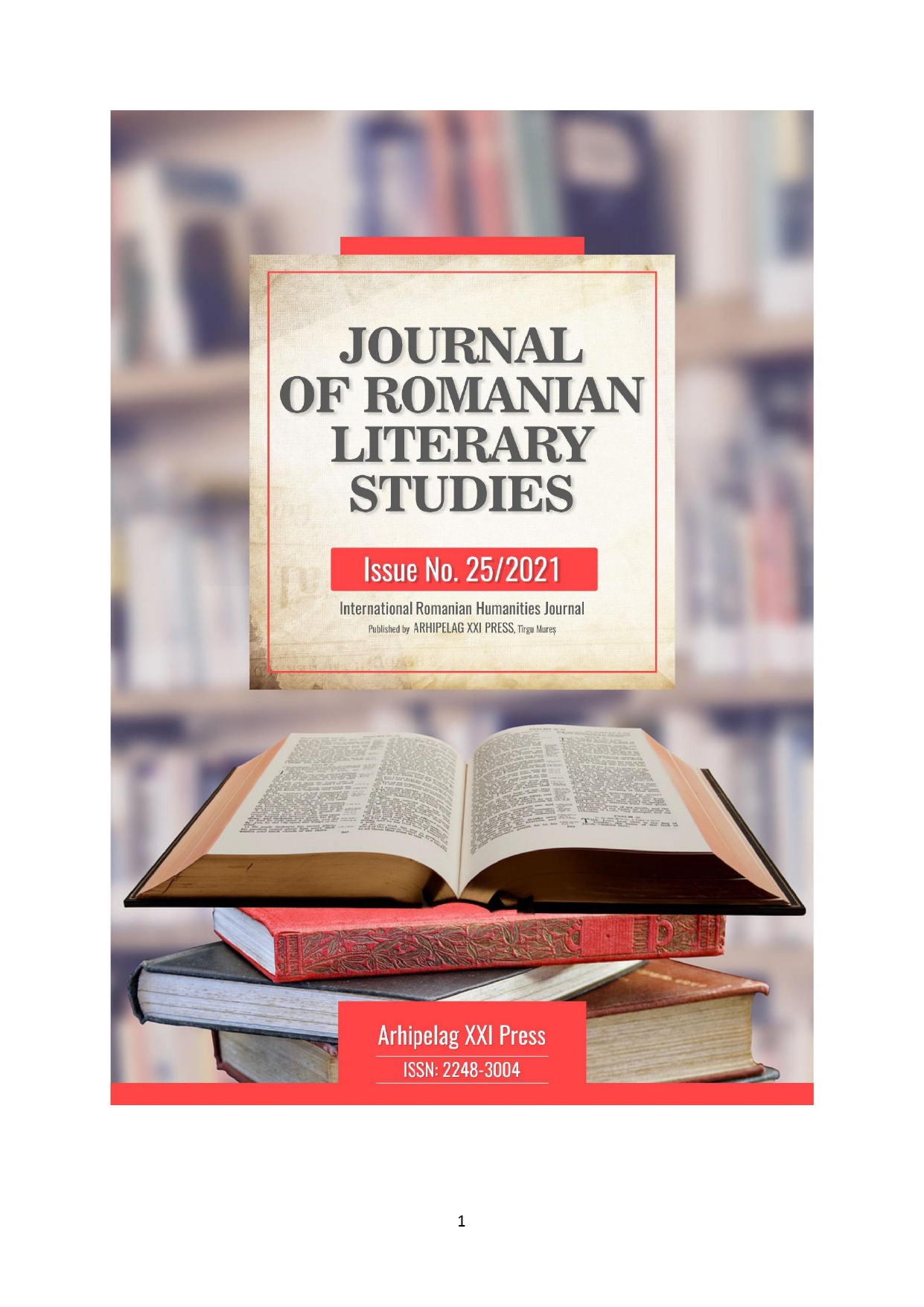
The aim of this paper is to compare the two prototypical versions of the History of Troy that circulated in Old Romanian Literature and to discuss their origins. Spanning different cultural background over several centuries, these texts are literary mosaics. We have focused on the occidental version, found in ms. 2183 from BAR, which was very popular in Occidental Medieval Literature, due to the reworkings of Benoit de Saint Maure and Guido delle Collone. These texts were reflected in Russian chronographs, translated by Romanian scribes from the XVII century.
More...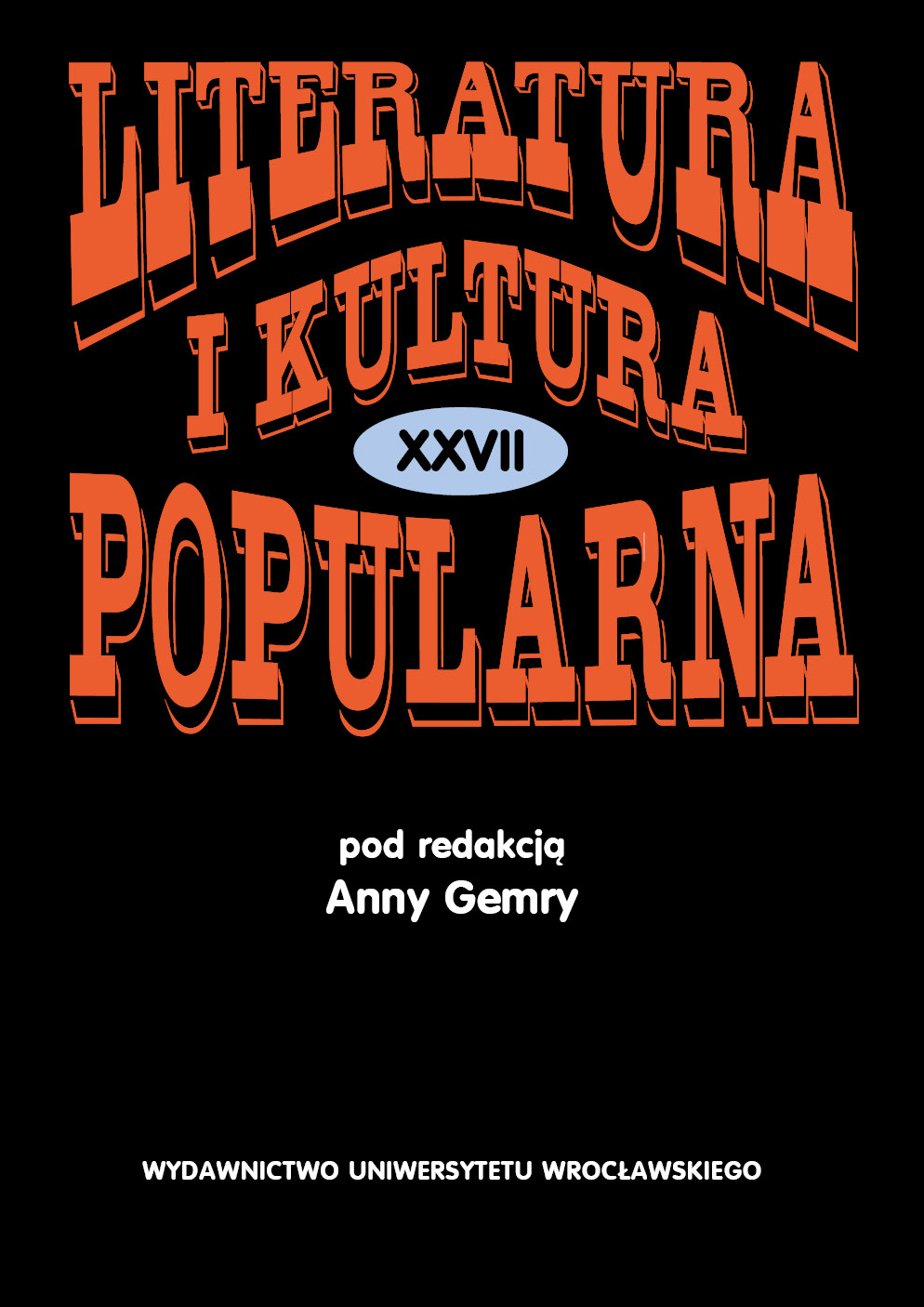
The article depicts the connectivity of popular culture studies in the field of cultural studies with issues of postcolonial studies. The aim of the work is to answer the question about a possibility to transplant Western cultural studies research to postcolonial popular culture analysis and interpretation. The study begins with a brief reconstruction of the history of pop culture research in the scope of postcolonial methodology — the most important works, conferences, and thematic issues initiating an interest in a research field new to postcolonialism around the 1990s and at the beginning of the following millennium. In the next part of the article, the author points out two main definitions of popular culture (“the popular”) in the scope of indicated optics — by Stuart Hall and John Fiske; the author also considers terminological issues with “the popular” and its non-existent equivalent in Polish. An ambiguous movement written in popular culture was considered as its most important feature (as Hall and Fiske claimed) — at the same time, a dominant system is contained (incorporation) and meets with resistance of people who revolt by the means of the system itself (exportation). Nonetheless, the author shows why believing in the possibility of resistance can be an illusion. Next, the author comments on the stand of Kwame Anthony Appiah, who problematized the relation of postcolonialism and pop culture. The analysis of connections between these two phenomena is followed by a few examples of intertextuality in Alain Mabanckou’s novels.
More...
In connection with Horský’s contribution ‘ “General History”, “Content-Oriented Philosophy of History”, and the Theory of Evolution’, Havelka considers the origins and content of general history and highlights the vagueness which characterised them in Czech historiographic discourse ever since the 1950s. He stresses differences between the terms ‘general history’ and ‘world history’ or rather our understanding of the ways in which one can or should progress from the factuality of particular historical events and their unrepeatable uniqueness in different places to their ‘general’ aspects and ‘unifying’ characteristics. In conjunction with this investigation, Havelka searches for the historical origins of use of the term ‘general history’ since the eighteenth century and traces the genesis of views which viewed the philosophy of history as the main route to knowledge of historical necessity. He contrasts these conceptions with the theoretically clearer and methodologically more sophisticated notion of ‘shared history’, which focuses on search for parallels and structural analogies between certain social, political, and civilisation processes that go beyond the schematic differences between national histories. Especially in the form of ‘comparative history’, its intentions and conclusions then also lead to a certain degree of generalising assessment.
More...
When implemented as part of an ‘analytic approach’, comparative methods can help make historiography more scientific. They can counterbalance the current emphasis on narrativity of historiography. Miroslav Hroch’s studies make valuable contribution to this subject. One should, however, carefully consider a number of questions: Are the analogies we ‘found’ by comparing various processes and situations really ontic in their nature or are they rather just concepts in the sense of ideal types we ourselves project onto the realities studied? Or are they perhaps just plots we use as instruments to help us select phenomena to follow? It also remains to be seen whether some processes of sociocultural change happen analogically because they share the same autonomous internal dynamics or because their actors intentionally and consciously imitate one another. Hroch uses a comparative approach also to consider possibilities and alternatives of development. Alternatives are the subject of ‘contrafactual analysis’, which is an approach to which Hroch is rather sceptical. I do not share his scepticism, at least not in full.
More...
The study introduces a bloc of articles which explore the growing fi eld of the so called relational approaches to history. It present a critical overview of the developments of the theoretical and methodological discussions in the last thirty years. Th e authors understand the label “relational history” as an umbrella term for a broad spectrum of approaches which analyse transfers, interactions, interconnectedness and interdependencies of historical phenomena and share the ambition to overcome the national interpretational frameworks. Th e article shows that the methodological debates often continue to be marked by national contexts (one can mention for example the French-German debate on cultural transfer and histoire croisée or the Anglophone preference for the so called concept of transnationalism which itself refers to an idea of a nation). Th e authors see opportunities for a refl ective research and more refi ned analytical approaches particularly in a systematic border-crossing and intensive collaboration of relational history with other disciplines.
More...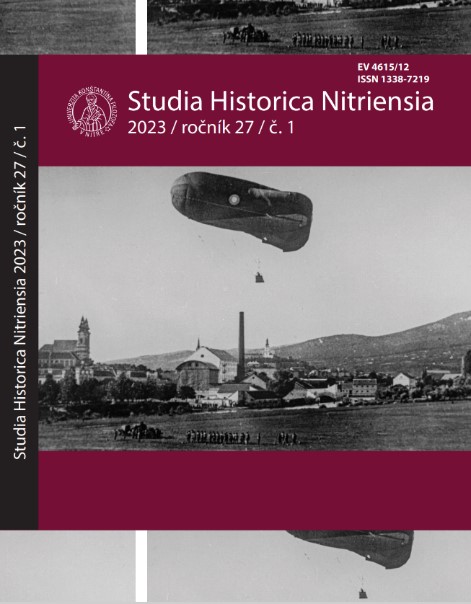
The study deals with the comparison of the attitudes of the two highest representatives of the Catholic Church, Popes Benedict XV and Pius XII, at the beginning of the World Wars I and II. It reflects their relationship with the great powers and their representatives, diplomatic, political, peace and charitable activities, changes in the Roman Curia and the personalities of the pontiffs in the contemporary political-religious context of that time. The text represents a controversy with the public opinion that the Holy See remained passive during the world conflicts of the 20th century at the same time showing that the attitudes of the two pontiffs were largely similar. The study is based mainly on published sources and numerous literature, especially of English and Italian provenance.
More...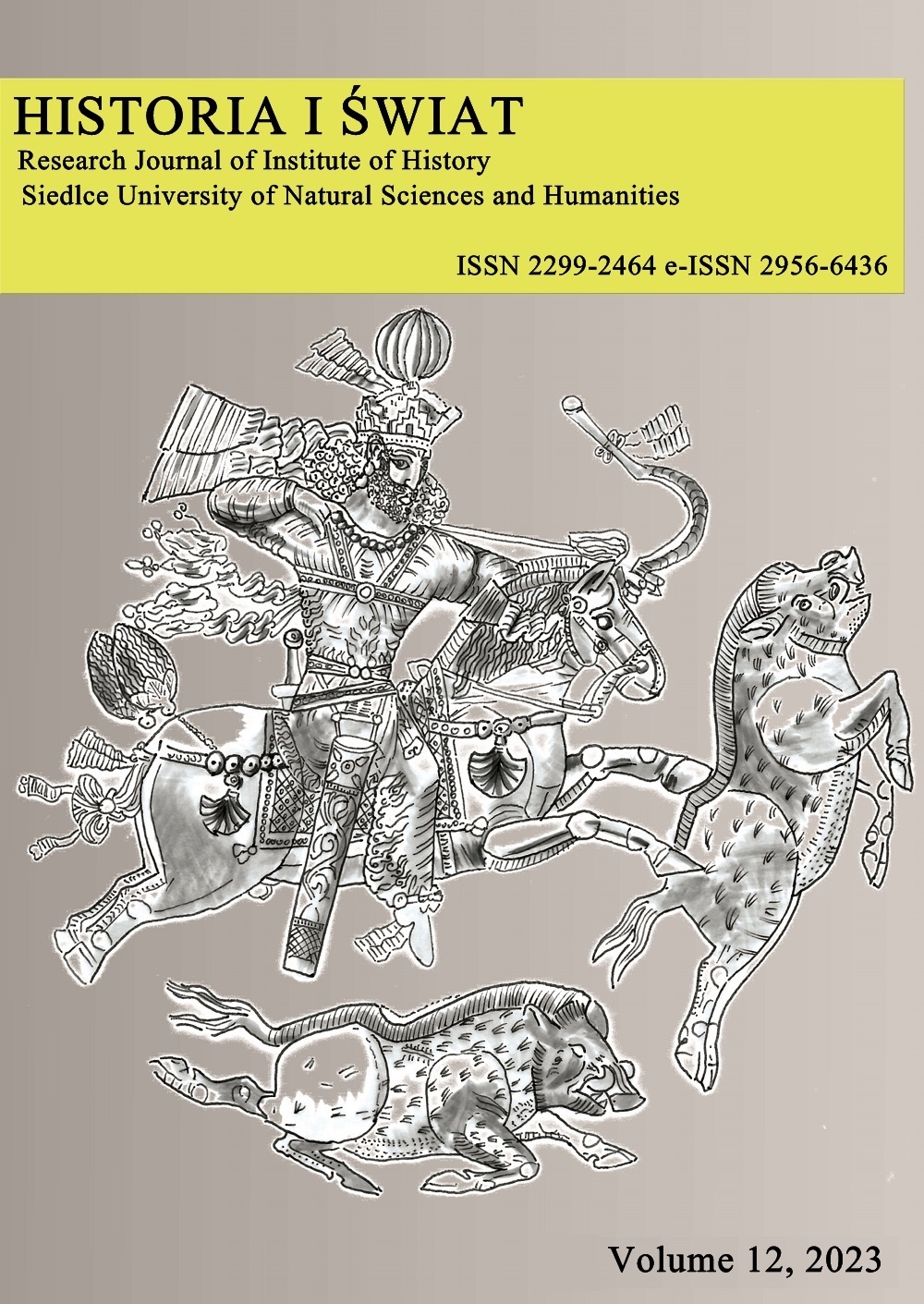
The present article gives an overview on the development of the measurement and practical acquisition of circle section dimensions since the late 3rd millennium BC. In key points, the prerequisites and practical implementation for celestial observations over approx. 1500 years up to the 8th century BC are collected and analyzed, in terms of their logical requirements and connected archaeological findings. A comprehensible and unambiguous calculation is made for the celestial dimensions in cubits used from the 8th to the 2nd century BC, for which estimated values between 2.5 and 2.1 angular degrees have been determined since Kugler 1900 until to recently researchers. Therefore, for the first time, the exact transformation value is presented here. Not only the connections and the further development of this celestial measurement system are presented, but also its coherent adaptation up to the first definition and use of the angular unit measurement, which is still used today, around 200 BC. In addition, some data and their previous interpretation from various sources are put up for discussion, which even include the table of Chords, presented by Ptolemy in his Almagest and their use.
More...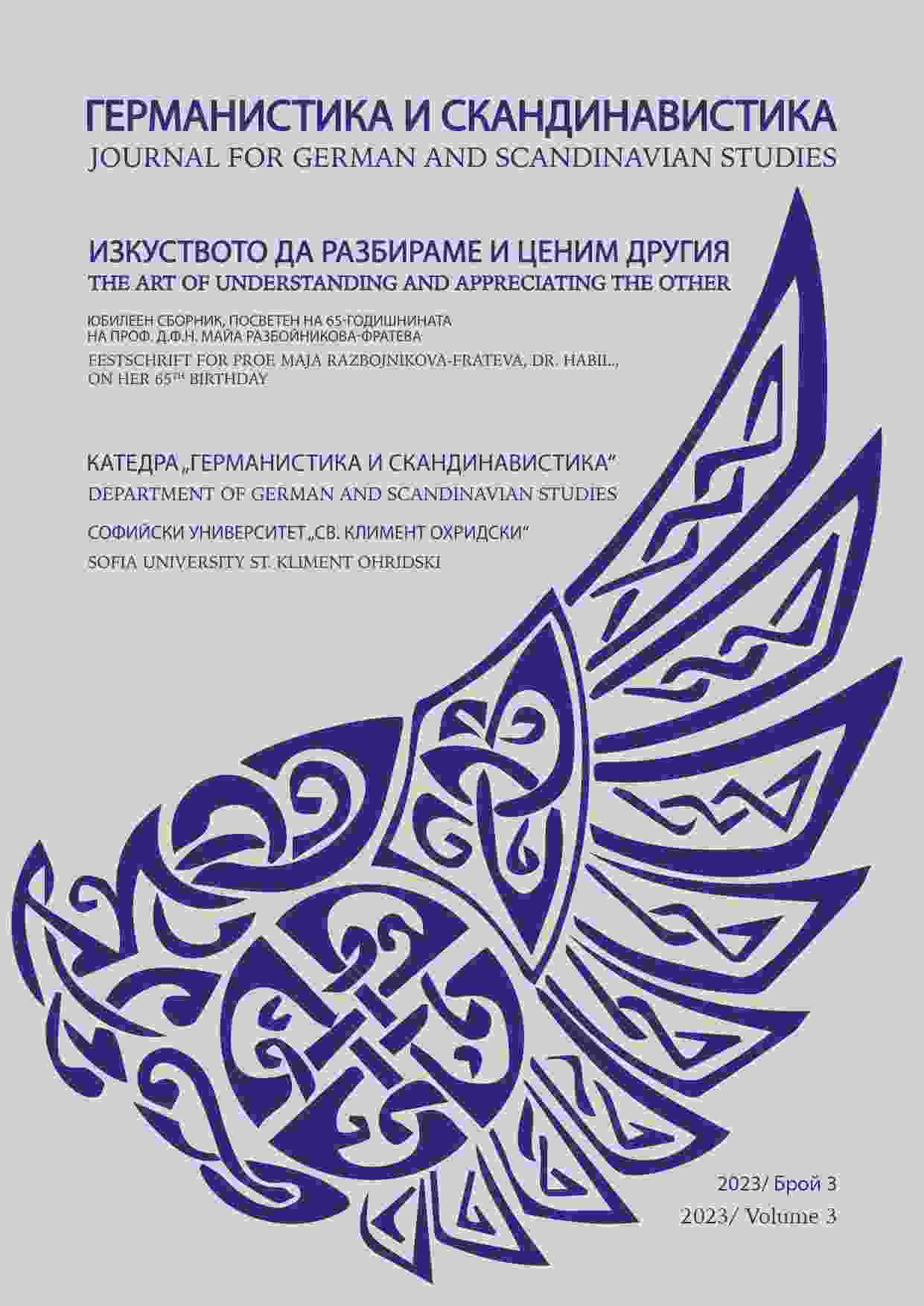
The article presents the follow-up project of the intercultural and interdisciplinary exchange project for German language and literature students at Sofia University and history students at the Alpen-Adria-Universität Klagenfurt on the topic of historical images and memory culture. After a short presentation of how history is presented in German as a foreign language textbooks at Bulgarian schools, the project Images of History in Bulgaria and Austria will be described. The project is then evaluated from the point of view of some of the students, based on reports of their experiences and their results. The article aims to encourage similar international projects in German studies abroad and to promote historical awareness in the classroom.
More...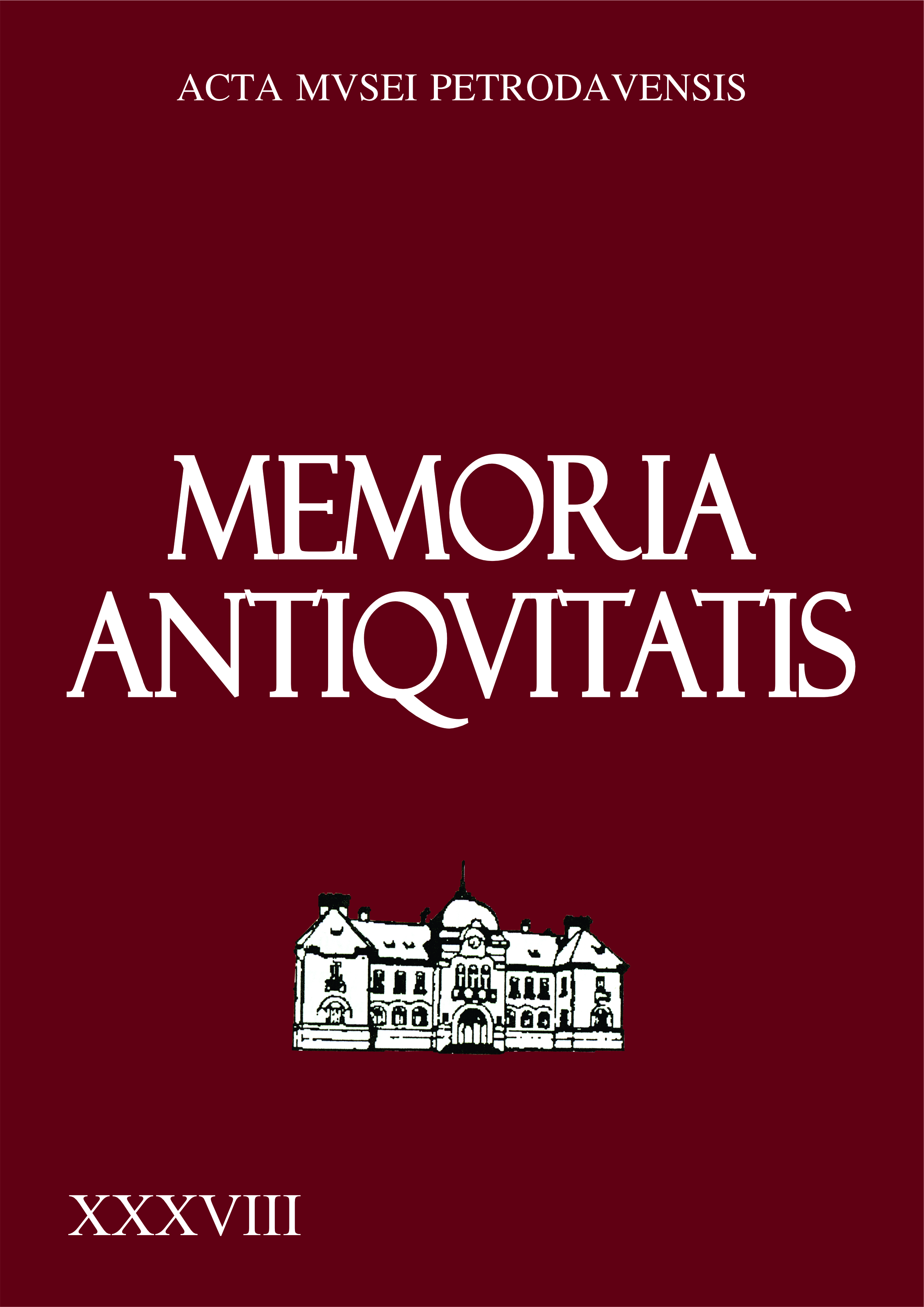
The current study represents an analysis and an opportune capitalization of a valuable, but insufficiently or scarcely exploited historiographical resource. It is about the travel diary of the Austrian naturalist Baltazar Hacquet (1739/40-1815), written after his expeditions through Bukovina, Moldavia, Transylvania or Maramureș towards the end of the 18th century. The main purpose of the approach is to present, in a synthetic manner, the principal references related to salt. The main types of saline resources mentioned by the author, their exploitation regime or the ways of obtaining, using and distributing salt are noted here. The economic aspects deriving from the activities of exploiting this resource are also indexed. We consider the present endeavour as an appropriate approach meant to emphasize the defining role of this element in catalysing human habitation in certain environmental conditions.
More...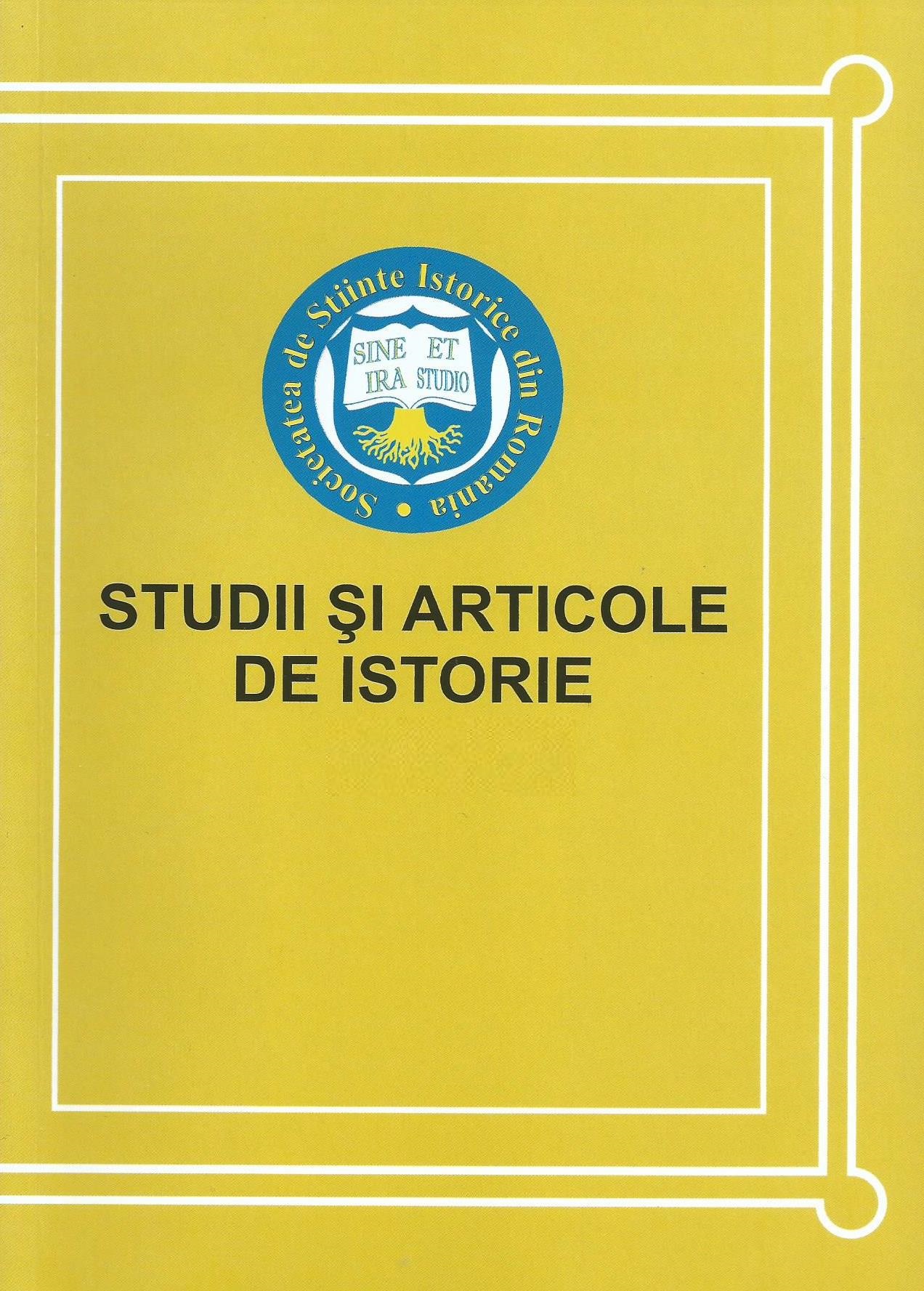
This article reviews recent contributions to the study of 19th century political exile with the goal to offer suggestions which might be useful for re-accommodating the Romanian historiographic approaches in a European framework. It discusses the relations between revolution and exile, political exile, emigration and asylum, the patterns of political exile, its connection with 19th century nationalism, as well as apects related to the internalization of historical experiences, trauma and narrative reflections of emotions. The author hints to the fact that the historical sources available on various 19th century Romanian exiles, especially on the 1848ers afterthe defeat of the revolution, can provide insights which will contribute not only to a better comparative understanding of historical processes, but will also allow to put the Romanian experiences to the core of discussions on the transnational patterns of19th century Europe.
More...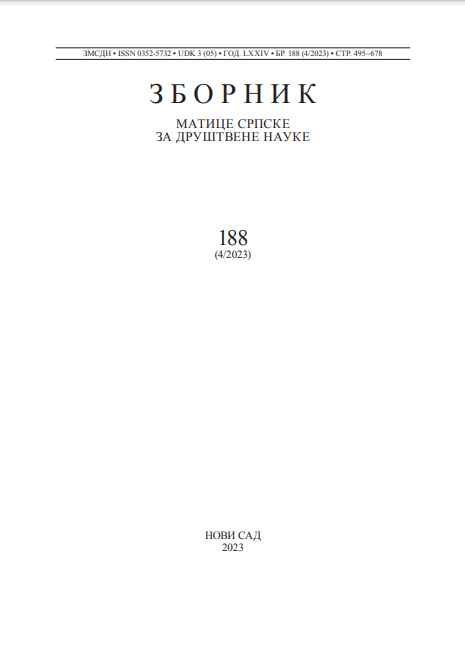
Review of: Ian Innerhofer, Kein Nutzen für die Wirtschaft. Das Konzept der “agrarischen Übervölkerungˮ Südosteuropas vor und während des Zweiten Weltkriegs, Böhlau Verlag, Köln–Wien 2021, S. 369
More...